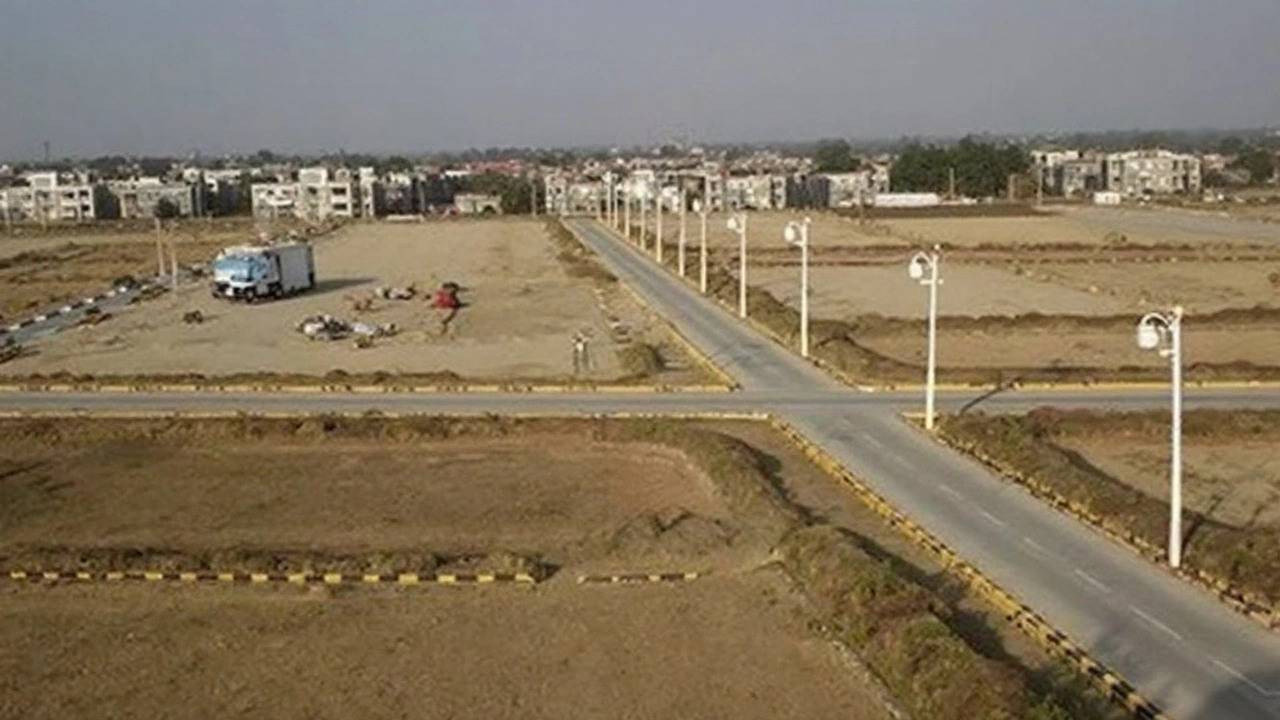Land Pooling: Simple Facts You Need to Know
Ever wondered why new neighborhoods sometimes look like a puzzle that a government or developer has put together? That's land pooling in action. Instead of buying land piece by piece, owners pool their plots together, hand them over to a developer, and get a share of the finished project plus cash. It sounds complicated, but the idea is pretty straightforward: combine small parcels to create something bigger that nobody could build alone.
What Is Land Pooling?
Think of a group of farmers who each own a tiny piece of land next to a future highway. If each farmer tried to sell individually, the buyer would have to negotiate dozens of contracts, which costs time and money. With land pooling, all those owners agree to hand over their land to a single developer. The developer then designs a plan—say, a mixed‑use complex with apartments, shops, and parks. Once the project is finished, each original owner receives a proportionate share of the new building or a cash payment.
The key is that the value of the new development is usually higher than the sum of the old parcels. That extra value, called "value addition," is what makes land pooling attractive. Owners walk away with something more valuable than they started with, and the developer gets a site that’s ready for large‑scale construction.
Benefits and Drawbacks
For owners, the biggest win is higher returns without having to manage a big construction project. They also avoid the risk of market fluctuations because the developer locks in the plan early on. Buyers get larger, better‑planned neighborhoods with amenities that wouldn’t fit on a single small lot.
Developers love land pooling because it gives them a clean, contiguous site. That means lower demolition costs, smoother infrastructure work, and faster approvals from local authorities. The process can also speed up urban renewal, turning underused or slum areas into modern, livable zones.
However, there are downsides. Negotiating the pool can be time‑consuming, especially if owners have different expectations. Some may feel they’re getting less cash than they’d prefer, even if they receive a share of the new building. Legal complexities also arise—contracts must clearly define how the final shares are calculated and what happens if the project stalls.
Another concern is transparency. If the developer isn’t clear about costs or the timeline, owners can end up feeling short‑changed. That’s why many governments now require independent auditors and a clear land pooling law to protect everyone’s interests.
In practice, land pooling works best in fast‑growing cities where land is scarce and demand for organized neighborhoods is high. Cities like Mumbai, Bangalore, and Delhi have used it to upgrade old districts without forcing mass evictions.
So, is land pooling worth considering? If you own land in a location slated for major development, joining a pool can turn a modest plot into a share of a high‑value project. For developers, it’s a shortcut to a ready‑made site that can boost profitability.
Bottom line: land pooling turns many small pieces into one big opportunity. It’s a win‑win when done right, but it needs clear agreements, trusted partners, and a good eye on the numbers. Keep these points in mind, and you’ll know whether land pooling fits your next real‑estate move.
